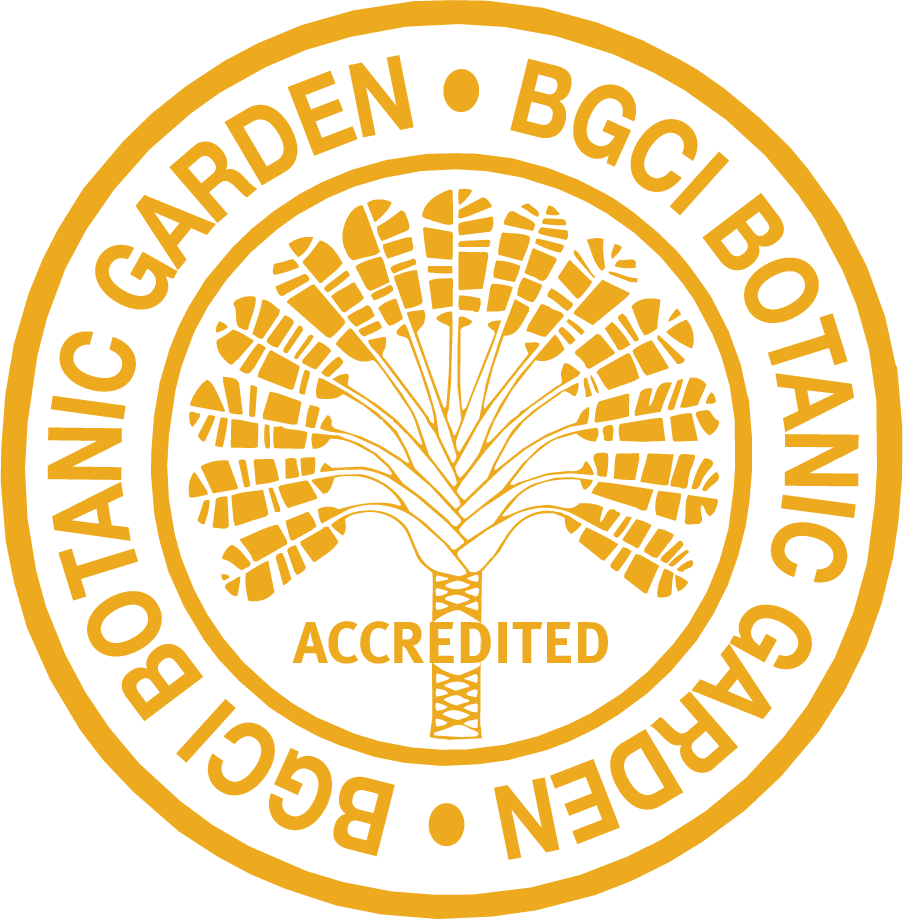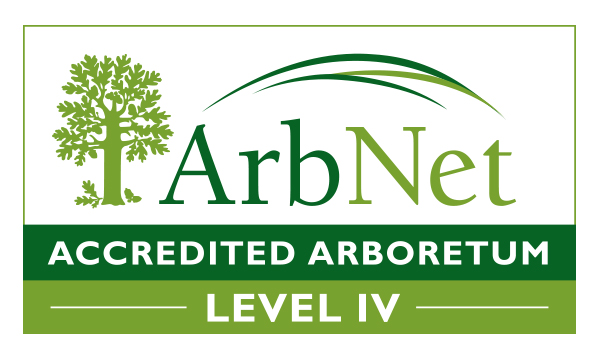
While the vast expanse of trees and shrubs in the Arboretum covers 165 hectares, it is within the Arboretum’s small nursery where many of these plants get their start. The ability to propagate our own plants, onsite, allows us to add many trees and shrubs into our collections that would otherwise be difficult to source commercially. This is important for much of our work with rare and native plants to Ontario, with particular significant to our Rare Woody Plants of Ontario Program. In addition, we propagate many of the plants that become part of our Wall-Custance Memorial Forest Program and our annual Arboretum Auxiliary Plant Sale.

A variety of tree seedlings just after germination.
Most of our propagation work begins in the Henry Kock Propagation Centre, a greenhouse that is designed to reproduce plants using various different methods. Most of the propagation we do is through the germination of seeds, a form of sexual propagation. In instances when seed isn’t available, or when we want to ensure that certain parent plant characteristics are transferred to their offspring, we use methods of asexual propagation, such as rooting cuttings and grafting.

Leatherwood (Dirca palustris) seedlings after sprouting in an in-ground seed bed in one of our hoophouses.
Some plants are readily reproduced through either root or shoot cuttings, as long as proper conditions such as temperature, light, humidity and timing are met. In cases where rooting is too difficult and inconsistent, grafting techniques are used instead, with top grafting and side grafting being used in late winter, and chip budding being done in late summer. Both of these techniques involve inserting a piece of the desired parent plant (a scion) onto a compatible seedling donor (a rootstock). If done successfully, these two pieces will fuse together and the upper portion of the plant will then continue growing with the same characteristics of the scion. This technique is used for reproducing many different horticultural varieties (cultivars) of plants, and is used extensively to aid in the testing for Dutch Elm Disease tolerance for our Elm Recovery Project.

American pussywillow (Salix discolor) cuttings ready for rooting.
Utilizing all of these various techniques, in our Arboretum nursery, allows us to carry out much of our work with collection development, research, conservation and restoration.

American elms (Ulmus americana) propagated by top-grafting as part of our Elm Recovery Project.

